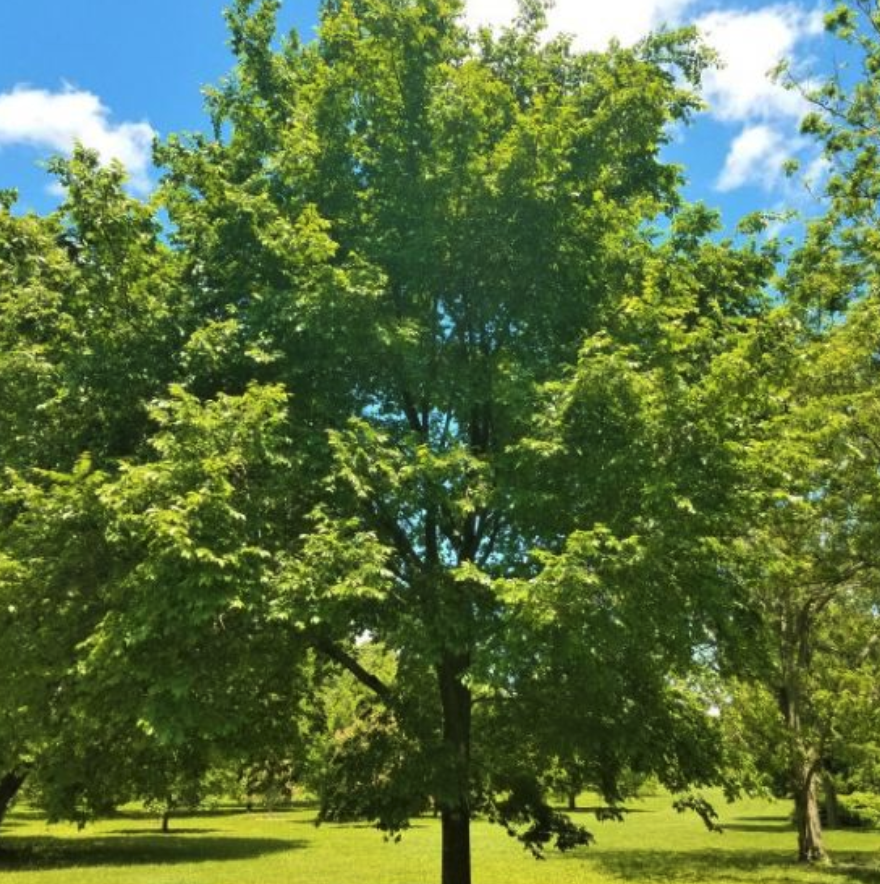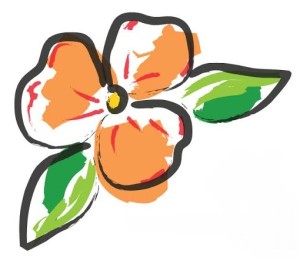and How to Help Them

Trees have gotten the short end of the stick ever since Europeans landed in America.
Forests across the country were razed for hundreds of years as Americans moved from coast to coast. Fortunately, the trend began to change in the 1940s when people been replanting forests due to changes in habits and attitudes.
But trees are not out of the woods yet. Since the arrival of Columbus, trade between the continents steadily increased. That trade brought foreign insects, diseases, and plants in addition to people.
Native insects and diseases may harm indigenous plants, but they do not decimate them. Over thousands of years, plants have developed defenses against native insects and diseases to ensure their survival. Native insects and diseases have learned to co-habite with native plants.
When insects or diseases are transported from foreign turf, however, the results can be horrific. Trees have been practically exterminated due to these foreign pests and diseases.
Asia and other continents face the same challenge with imported American insects and diseases.
Havoc and Hope
North America had roughly 77 million elm trees in 1930. Less than 60 years later, more than 75% of those trees were lost to Dutch Elm Disease (DED), a fungus spread by beetles.
The American chestnut, Castanea dentata, was the most widespread and valuable tree in the eastern forests of the United States prior to 1900. An estimated three to four billion trees were killed by an Asian fungus.
Scientists are working to breed American elm, Ulmus americana, and American chestnut trees that are resistant to these funguses.

I have an American elm that is growing rapidly in a slightly moist hollow. It looks great. The one caveat with elms: only prune them in January or February during very cold (below freezing) weather.
If you prune them when it is not freezing, the sap will attract the beetles and the elm may get DED. I had my tree planted three years ago and have yet to prune it.
New threats ever present
Emerald Ash Borer, an exotic beetle, was first discovered in Michigan in 2002. There is now a multinational effort to control or eliminate it. It has decimated Ash and Fringe trees.
The Spotted Lanternfly. which was first seen in Pennsylvan in 2014, attacks grapes, stone fruit, apples, and pines among other species. Marylanders should be on the look out for this destructive pest.
Another threat, the Asian gypsy moth, has been trying repeatedly to enter the United States.
A “highly destructive” moth, it was found most recently on a coal freighter at the Port of Baltimore, McKenna Oxenden reported in The Baltimore Sun in late March of 2020.
“The moth poses a large threat to forests, natural resources and urban landscapes as it can attack more than 500 species of plants and trees. The insect can also yield hundreds of hungry caterpillars and is incredibly mobile, with females traveling upwards of 25 miles per day,” wrote Oxenden.

The egg mass was found under a hatch door on the coal freighter, a release by U.S. Customs and Border Protection said. It was determined to be from an Asian gypsy moth, one of the most destructive insect pests in the world, according to the U.S. Customs and Border Protection. It is not generally found in the United States.
The vessel traveled to ports in China and Japan last summer. It had recently arrived in Baltimore from the United Kingdom to get coal. Ports in Asia are known to be at high risk for harboring the moth.
Good practices
How can you protect your trees? Here are a few steps:
- Never transport wood across state or even county lines. Deadly insects in wood can easily escape and spread to new areas or your trees.
- Buy native trees grown in the U.S. Every imported plant may contain exotic insects or diseases that can cause a major outbreak of disease or insects.
- Plant at the right time. Spring or fall provide a more reliable sources of rain.
- Plant the right tree in the right site. If a tree needs a dry site, plant it there. Poor matches may lead to stress and disease.
- Prune dead or damaged wood whenever you see it. Otherwise, most trees are pruned in the winter. (Some trees like magnolias, dogwood, and redbuds are typically not pruned so double check before you cut.)
- Sterilize pruning shears or saw with rubbing alcohol. If you suspect disease, wipe before and after each cut.
- Soak the ground but do not overwater newly planted trees. They can be overwatered and drown. Soil should be moist or damp to the touch. Check newly planted trees weekly. Water if it dries out. Water early in the day.
- Trees grow much better with mulch. Apply it as far out as the spread of the branches but only 2 to 3 inches thick. Leaves space without mulch around the base of the tree. Spread mulch so it is flat.
- Do not fertilize new or mature trees. Newly planted trees do not need it.

Laura
